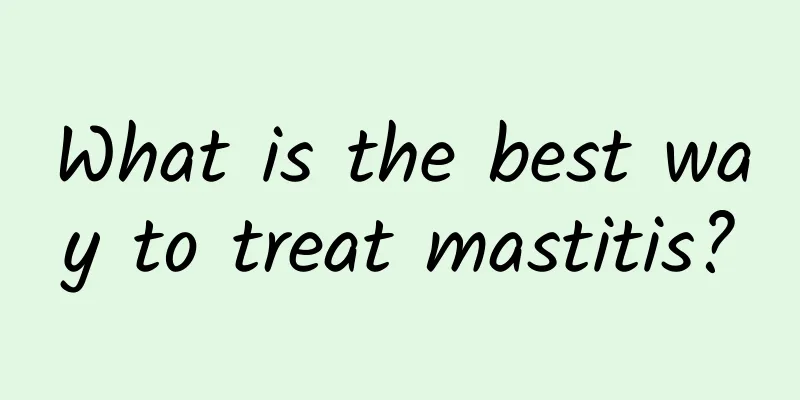How long does uterine fibroid surgery take?

|
Uterine fibroids are a disease that can be treated surgically. The uterine function of women with uterine fibroids is worse than that of normal women, and a woman's uterus is very important. Therefore, if uterine fibroids are not treated in time, the woman's uterus will be greatly affected, and the biggest impact is that it will hinder the woman's pregnancy. Uterine fibroid surgery is relatively complicated. So, how long does uterine fibroid surgery take? 1. How long does uterine fibroid surgery take? In this case, laparoscopic myomectomy can be performed. The operation time will vary depending on each person's specific situation and the surgeon's technical level, but it usually takes about one or two hours. There are three methods for removing uterine fibroids: vaginal uterine fibroid removal, laparoscopic uterine fibroid removal, and open abdominal uterine fibroid removal. The surgical method should be decided based on individual circumstances. 1. Surgical treatment Indications for surgery Secondary anemia caused by menorrhagia, ineffective drug treatment; severe abdominal pain, dyspareunia or chronic abdominal pain, acute abdominal pain caused by torsion of pedunculated fibroids; large size or causing compression symptoms of bladder, rectum, etc.; fibroids can be confirmed as the only cause of infertility or recurrent miscarriage; suspected sarcoma transformation. The surgery can be performed abdominally, vaginally, or via hysteroscopy and laparoscopy. 3. Surgical Method 1. Myomectomy : suitable for patients who wish to preserve their fertility. Submucosal fibroids or most of the intramural fibroids that protrude into the uterine cavity can be removed hysteroscopically. Submucosal fibroids that protrude into the vagina are removed transvaginally. There is a 50% chance of recurrence after surgery, and about 1/3 of patients require another surgery. 2. Hysterectomy: For those who do not require to preserve fertility or who are suspected of malignant transformation, hysterectomy can be performed, including total hysterectomy and subtotal hysterectomy. Cervical cytology should be performed before surgery to rule out cervical intraepithelial neoplasia or cervical cancer. Uterine fibroids occurring during the perimenopausal period should be carefully excluded from complications of endometrial cancer. Other treatments 1. Uterine artery embolization By blocking the uterine artery and its branches, the blood supply to the fibroids is reduced, thereby delaying the growth of the fibroids and relieving symptoms. However, this method may cause ovarian dysfunction and increase the risk of potential pregnancy complications, and is generally not recommended for women who want to have children. 2. Hysteroscopic endometrial resection: Suitable for patients with heavy menstrual flow, no fertility requirements but who wish to retain their uterus or cannot tolerate hysterectomy. |
>>: How to make Chuanbei Huangpi honey
Recommend
Feeling of chest tightness and shortness of breath
Many people often feel chest tightness, shortness...
What is the best way to treat vitiligo?
Vitiligo is a relatively common disease. If not t...
Can an epiglottic cyst go away on its own?
Epiglottic cyst is a type of throat cyst, which i...
How many days does it usually take for acute pharyngitis to recover? Does it require medication?
Acute pharyngitis is a relatively common throat d...
What diseases cause swollen fingers?
Swollen fingers are a very common symptom, which ...
Can Huoxiang Zhengqi Water reduce fever?
A while ago, the saying that there was no need to...
How long does it take for the uterus to recover after induced abortion?
Induced labor is an artificial abortion procedure...
Can tendonitis heal on its own? How to treat
Clinically, many diseases can heal themselves, bu...
Things to note when lifting double eyelids
When doing double eyelid surgery, you must be awa...
Dosage of Polygala
There are many types of Chinese medicine, and the...
What to do if menstruation is not completely discharged
The possible reason for incomplete menstruation i...
How to use moxibustion to remove coldness from the knees?
Moxibustion is a common treatment method in Tradi...
Symptoms of various stomach problems
Gastric disease is a relatively common disease. S...
Calluses on soles of feet become hard and painful to walk
In order to strive for their careers, young peopl...
What does thread embedding in traditional Chinese medicine mean?
Chinese medicine thread embedding is also known a...









